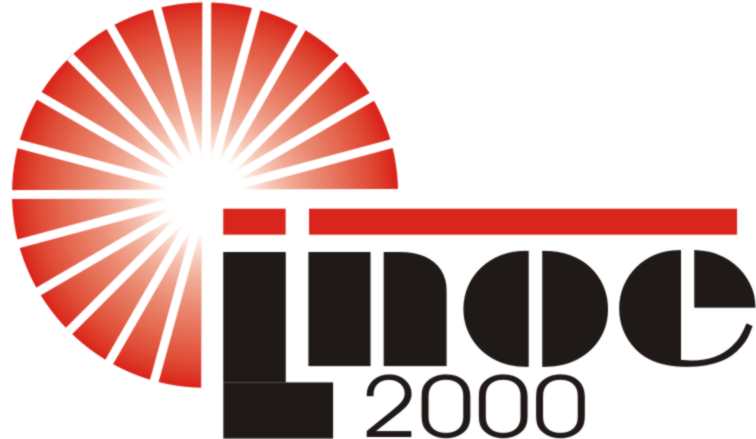Biocuratarea picturii murale cu produse ecologice noi
bazate pe metaboliti microbieni (BioCleanMur)
Scopul proiectului este de a dezvolta atât o noua metodologie ecologica şi nedistructiva, cât şi un produs nou (enzimatic-halo-gel) într-o noua forma inovatoare cu enzime bacteriene imobilizate, pentru curaţarea picturilor murale. Metodologia este aplicabila pentru îndepartarea dispersiei transparente de cazeinat de calciu degradata, Paraloid B-72, cerii, funinginei, grasimii de pe picturile murale.Metaboliţii microbieni (polizaharide, hidrolaze) pot fi folosiţi în restaurare datorita reproductibilitaţii, eficienţei, calitaţii, costului redus, în conformitate cu procedurile de conservare şi restaurare. Noul protocol avansat de curaţare evita deteriorarea materialelor constitutive ale picturilor murale şi are un potenţial mare de îndepartare a compuşilor nedoriţi. Noi biomolecule vor fi obţinute în laborator prin cultivarea bacteriilor halofile pe medii specifice. Acestea vor fi izolate, purificate şi caracterizate, chiar modificate pentru a deveni mai eficiente. Caracteristicile sunt: specificitatea acţiunii, stabilitatea, activitatea la o gama mare de temperaturi, funcţionarea rapida şi în siguranţa, nu sunt produse de microorganisme patogene, procesele de biosinteza sunt ieftine şi uşor reproductibile. Halohydrogel, Vanzan gel, Kelcogel, Agarart, Klucel G cu hidrolaze imobilizate (E-HG,E-Vanzan,E-Kelc ogel, E-Agarart, E-Klucel G) sunt preparate în laborator şi aplicate pe modele experimentale îmbatrânite de picturi murale, urmate de fresce restaurate, pentru biocuraţare. Este evitata deteriorarea stratului pictural, fiind în acelaşi timp sigura pentru restauratori, vizitatori şi mediu. Propunerea este o modalitate de valorificare a rezultatelor obţinute în cercetarea fundamentala şi aplicativa, în cadrul unei echipe interdisciplinare. Proiectul porneşte de la TRL3 (rezultatele biosintezei hidrolazelor şi polizaharidelor de catre bacteriile halofile) şi ajunge la TRL4(tehnologia ecologica de biocuraţare a picturilor murale bazate pe metaboliţi microbieni validaţi în laborator).
The scope of the project is to develop a new green and nondestructive methodology and a totally new product (enzymatic- halo-gel) versus other gels in a new innovative shape with immobilized bacterial enzymes, for cleaning of murals. Methodology is addressed to remove the degraded transparent dispersion of calcium caseinate, Paraloid B-72, wax, soot and grease from the murals. Microbial metabolites (polysaccharides and hydrolases) can be used in the restoration due to their reproducibility, efficiency, quality, low cost and total accordance with conservative restoration procedures. The new advanced cleaning protocol avoids damage of the constitutive materials of the murals and has a great potential for removing undesirable compounds. New biomolecules will be obtained in laboratory by cultivation of halophilic bacteria on proper nutrients. They will be isolated, purified and characterized, even changed to become more active/efficient. Characteristics of these biomolecules are: the specificity of action, stability, activity at a large range of temperature, work safely in a quick way (10-60 min), they are not provided by pathogenic microorganisms, the biosynthesis processes are cheap and easier to be reproduced. Halohydrogel, Vansan gel, Kelcogel CG-LA, Agarart and Klucel G with immobilized hydrolases (E-HG, E-Vanzan, E-Kelcogel, E-Agarart and E-Klucel G are prepared in laboratory and then applied on the murals (as aged experimental models followed by frecoes) for biocleaning. In this way, it is avoided any damage of pictorial layer and other materials, being in the same time safe for restorers, visitors and environment. The proposal is a way of capitalizing results obtained in fundamental and applied research in the frame of interdisciplinary team. The project starts from TRL3 (results on biosynthesis of hydrolases and polysaccharides by halophilic bacteria) and reaches TRL4 (Green biocleaning technology of murals based on microbial metabolites validated in lab).
